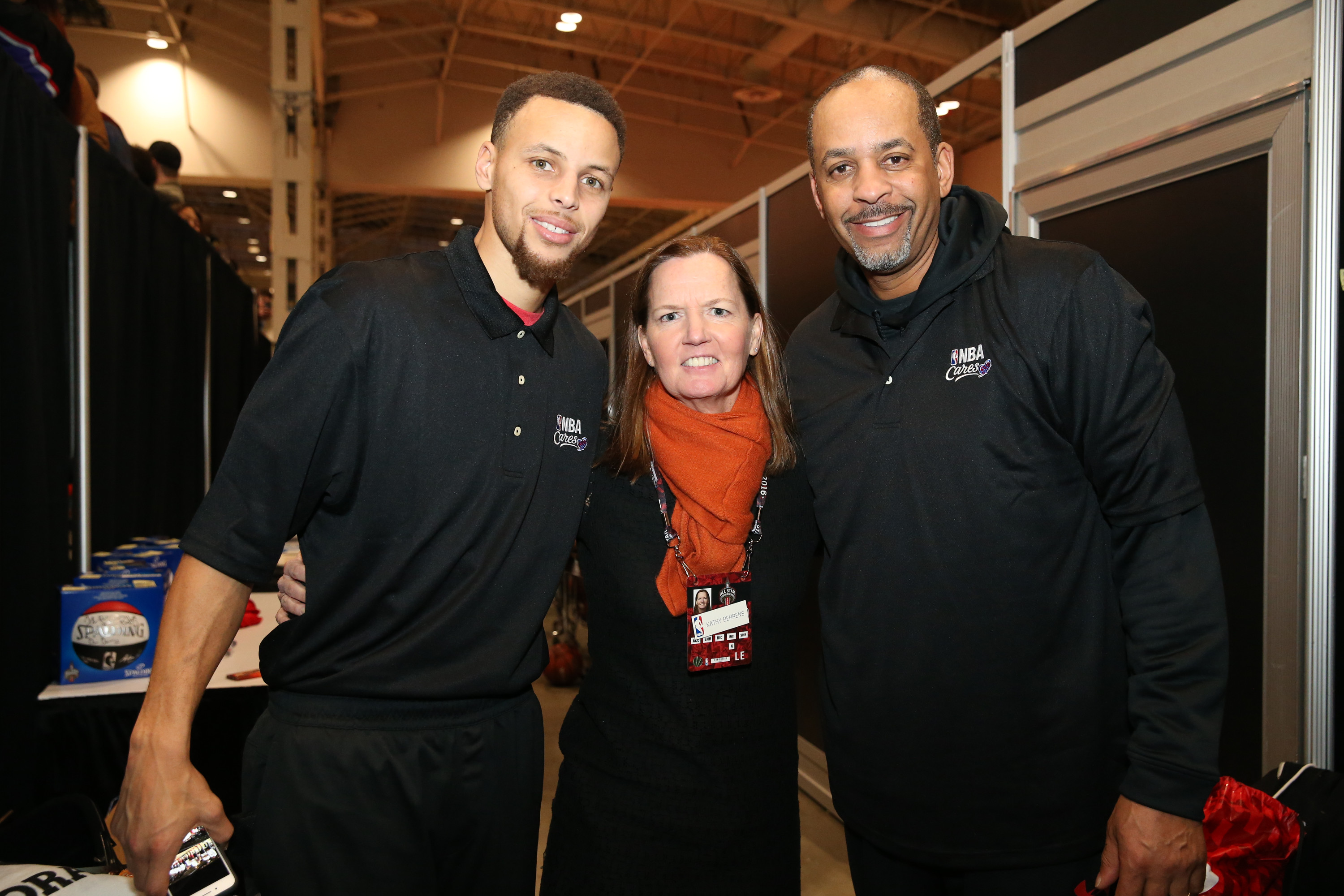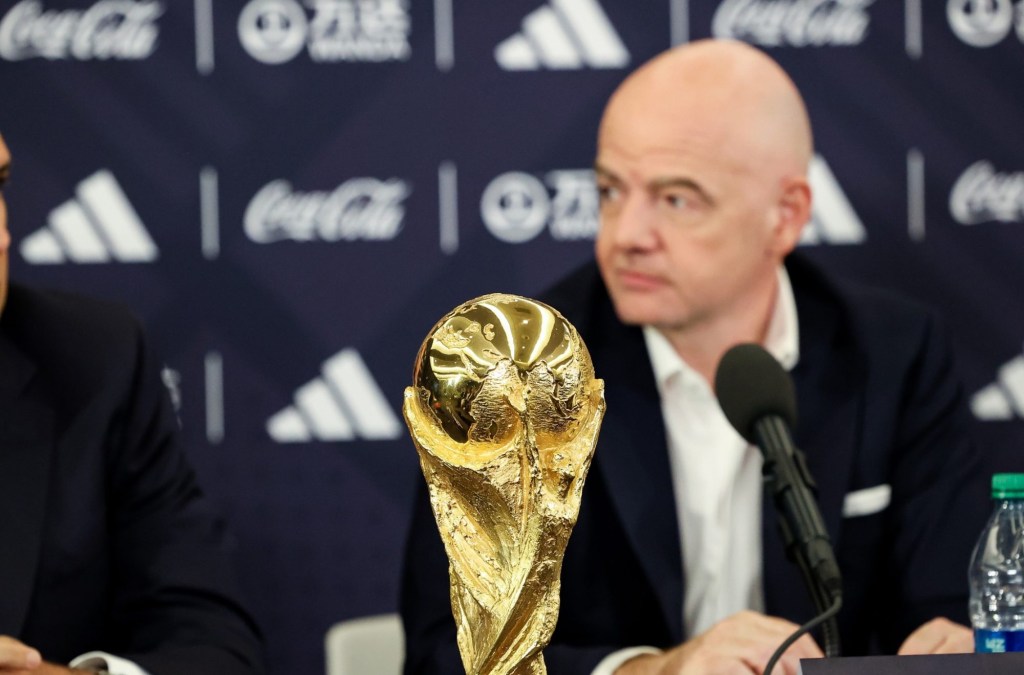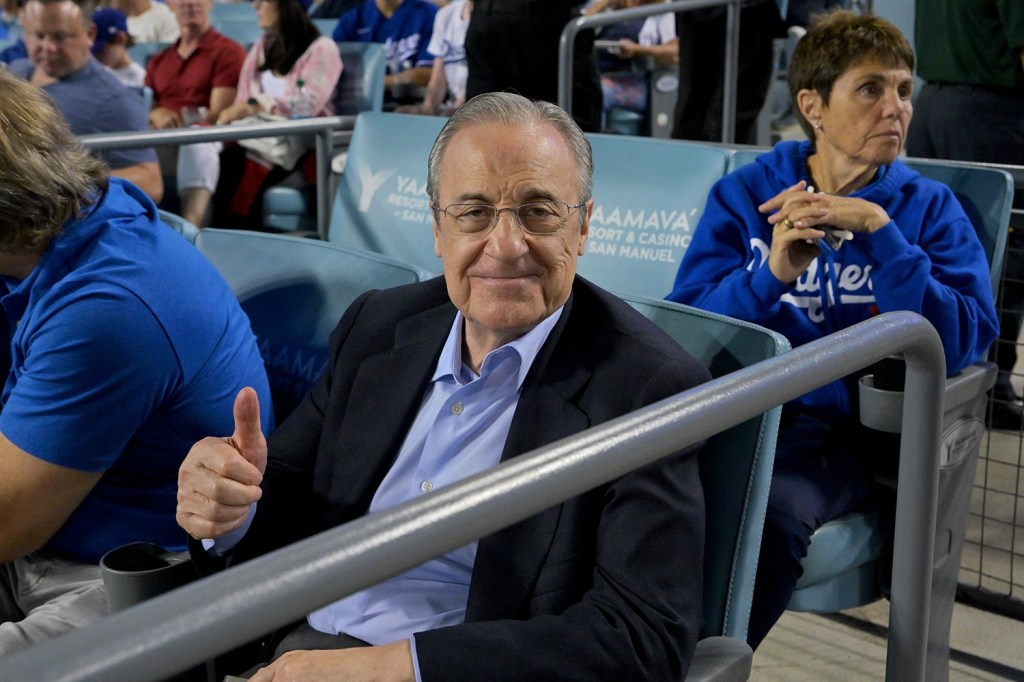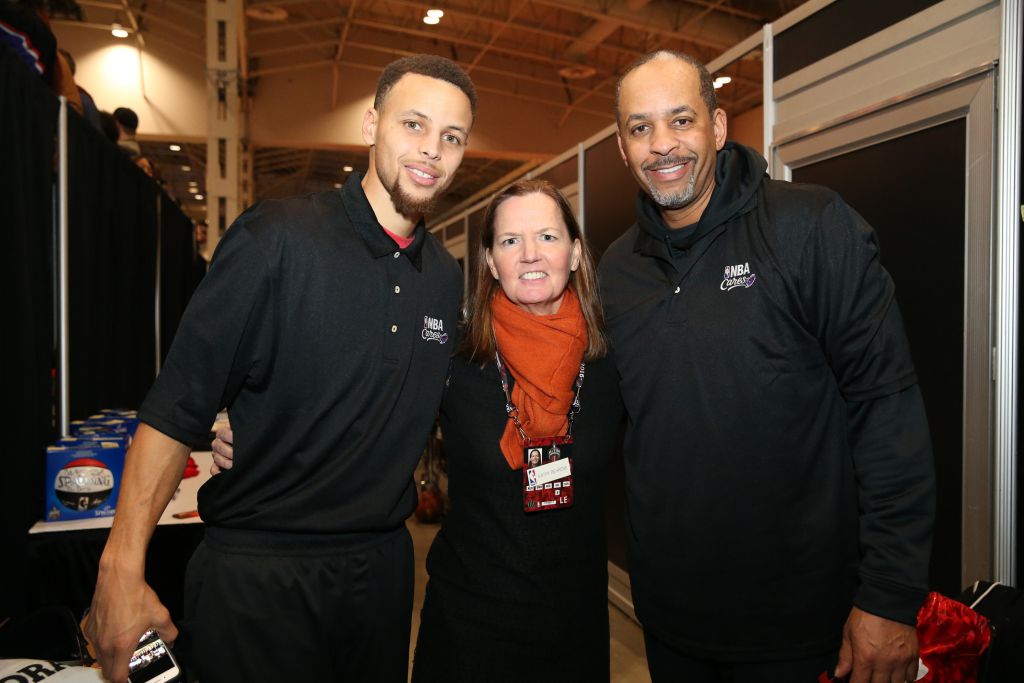
For two of the NBA’s leading female executives, their path to the league couldn’t have been more different.
While Kathy Behrens was a multi-sport athlete at the University of Hartford – playing basketball and tennis – she never envisioned her sports career extending beyond college. She envisioned herself working up the ranks of the nonprofit and government sectors – and did so for nearly 20 years.
Meanwhile, Amy Brooks’ earliest basketball memories were in her hometown of Sacramento, Calif. With the Sacramento Kings moving there from Kansas City in the mid-1980s, she and her father had season tickets. As a 10-year-old, she already saw basketball as both a game and a potential career. Years later, she played basketball at Stanford – and was a member of a women’s basketball team that won three conference championships and appeared in the NCAA Final Four.
Despite their differing backgrounds, both Behrens and Brooks’ interest would come together and create quite the impact. After starting off as the NBA’s vice president of community relations, Behrens became its first president of social responsibility and player programs in January 2015. For Brooks, she began at the NBA as its senior director of global marketing partnerships in 2005 – now, she’s its chief innovation officer.
“[I] had the opportunity almost 20 years ago now to work with the NBA on a project,” Behrens said. “That’s when it first sort of dawned on me about a career opportunity. I loved the game, but I also loved what the NBA was doing in terms of its community work and the opportunity to combine two of those passions for me – it was a no brainer, and I haven’t looked back since.”
“[My dad] took me to games and really opened my eyes to the sport and the excitement in the arena,” Brooks said. “I did notice even back then, wow, this would be really fun to work in a place like this. I just feel very fortunate that my career has led me here and I’ve been here almost 15 years now.”
Hirings such as Behrens and Brooks are evidence of the NBA’s progressive stance towards gender diversity relative to its peers. The 2019 NBA Racial and Gender Report Card, an annual report published by the University of Central Florida’s Institute for Diversity and Ethics in Sport, found that the NBA employs seven women in team CEO and president positions – more than all other professional sports leagues combined.
The NBA has also seen the number of team CEOs and presidents increase for three consecutive years. Add in the fact that roughly 39% of the league office is female – second only to MLS – the NBA received a B for its gender hiring practices from Dr. Richard Lapchick, the director of UCF’s Institute for Diversity and Ethics in Sport.
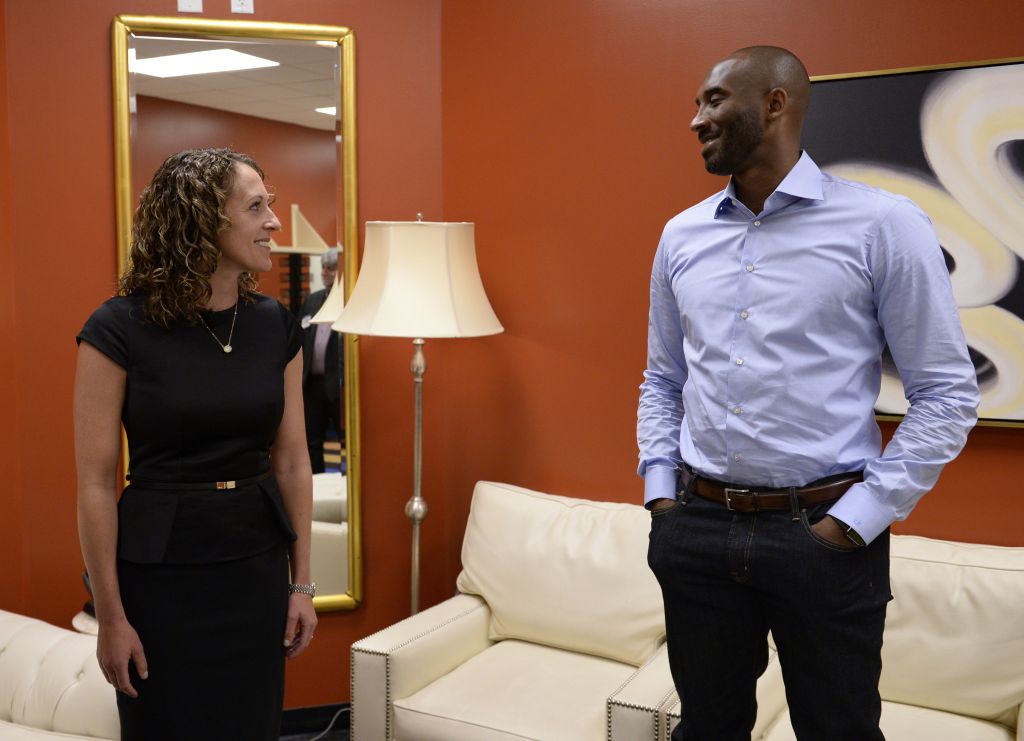
According to Lapchick, Behrens’ recent appointment was a breakthrough moment for women in sports. Since her promotion in 2015, the NBA has named former Deloitte exec Cathy Engelbert to be the first commissioner of the WNBA. The WNBA also received an A+ for gender hires in 2018 – the 14th straight year that it received at least As for gender hiring.
“I came from a background of commonly being the only woman in certain situations,” Brooks said. “At the same time, I recognized immediately that diversity and inclusion are what the NBA stands for. It is represented on the court and we’ve really focused on that throughout my career here. That’s been a great thing both for myself personally and just the growth of diversity [and] inclusion in the league and in sports in general.”
READ MORE: Women In Sports Roundtable: Big Sky Athletic Directors
Compared to its other peer leagues, the NBA is a leader when it comes to gender diversity. For the 2018 NFL season, the NFL received a C from Lapchick for its gender hiring. Women represented only 35% of the league office and 28% of all 32 NFL teams. When it came to vice president and higher executive roles at the team level, only 18% of them were occupied by women.
Also in 2018, Lapchick gave MLB a C grade for its gender hiring for a seventh consecutive season. Despite Boston Red Sox co-interim president Raquel Ferreira recently becoming the sport’s highest-ranking female executive, MLB’s central office has the lowest gender grade among the NFL, NBA, and WNBA. It also saw declines year-over-year in female professional staffers (31.8% to 30.8%) and director and managerial roles (33.6% to 30.1%). One area which Lapchick noted MLB’s success in was increasing its women in senior executive-level positions from 24.6% in 2017 to 26.8% in 2018 – with Ferreira being the latest success story.
Going forward, both Behrens and Lapchick knows that more needs to be done in sports – including the NBA – with regard to female hires. According to Lapchick, only 12.5% of NBA teams’ CEOs and presidents are women – a factor that lowered the league’s overall gender grade for a fourth consecutive season. This dearth isn’t lost on Behrens, who knows that the talent’s there. It’s just a matter of potential hires getting the chance at showcasing their value – regardless of gender.
“Within teams and leagues, we need to realize that diversity in background, ethnicity and thought will only make us better at doing our jobs and impacting society in positive ways,” Lapchick said. “Women and people of color who hold influential positions within organizations need to see the value in developing a pipeline to enable more diversity at all levels. In the instances where we are still waiting on the “first” individual to be named to a position, why not be the person who appoints or elects that “first”?”
READ MORE: First Half Viewership Spike Has WNBA Optimistic About 2019 And Beyond
“I think we need more women CEOs in general,” Behrens said. “More women CEOs is a good thing, would be a good thing and will be a great thing. I think we’ll see more of it. I wouldn’t limit it to just for organizations – I’d like to see more women CEOs across the board. The number of women CEOs – it’s not big enough, it should be bigger. The talent is there and hopefully the opportunity will follow.”
